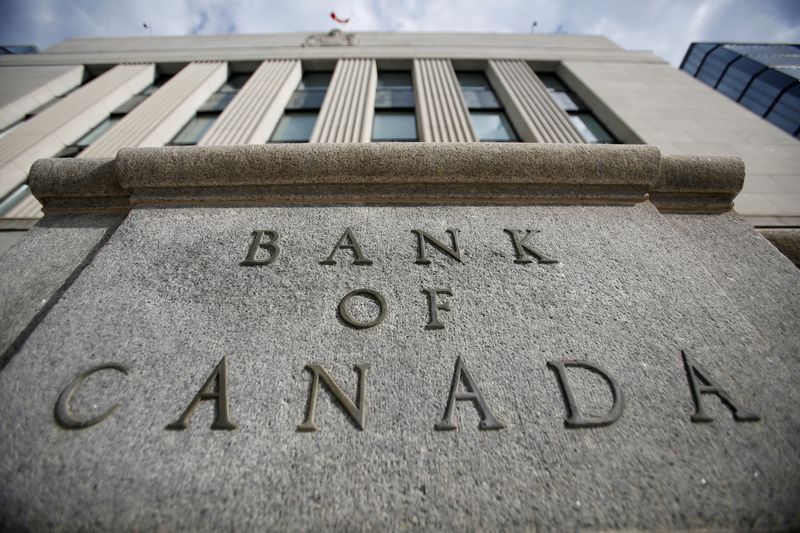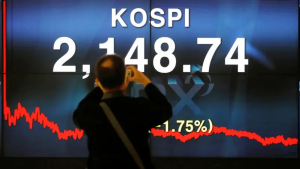Canadian inflation excluding food and energy costs is expected to remain above 3% until the fourth quarter of this year, the median forecast of seven economists recently surveyed by Reuters showed, which could dash hopes of an early Bank of Canada shift to cutting interest rates.
While Canadian inflation has cooled in recent months, much of the relief has come from lower energy prices, a volatile component that the BoC tends to exclude when making policy decisions.
The readings for core, or underlying, inflation, such as the widely-tracked Consumer Price Index excluding food and energy, are showing greater persistence than the headline rate after price pressures spread from goods into slower-moving items, such as wages and services.
"We suspect they (BoC) will only start trimming rates when they are convinced underlying inflation trends are set to move below 3%," said Doug Porter, chief economist at BMO Capital Markets.
A lengthy period of high rates could force an increasing share of highly-indebted Canadians to reset their mortgages at levels that squeeze their finances. Canadians added record amounts of mortgage debt during the COVID pandemic, while the mortgage cycle is relatively short - typically five years versus 30 years in the United States.
The BoC has made greater progress in slowing inflation than some major peers, including the Federal Reserve and European Central Bank.
It expects headline inflation to hit 3%, the top of its 1%-3% target range, by the middle of this year, down from 4.3% in March. The BoC's ultimate destination for inflation is set at 2%.
Still, the rise in inflation expectations could be another reason for the Canadian central bank to be cautious about easing rates.
"Even if inflation expectations come back to 2%, they might not be anywhere near as anchored as they used to be," said Stephen Brown, senior Canada economist at Capital Economics.
The BoC has played down the market's pricing of interest rate cuts in 2023 and said it is prepared to tighten further if needed to restore price stability.
Investors appear to have taken note, betting on a continued period of steady rates followed by a possible easing in the fourth quarter of this year, rather than the shift to rate cuts in June that had been expected a few weeks ago. .
Minutes from the BoC's April policy meeting are due to be released on Wednesday. The central bank has left its benchmark interest rate on hold for two straight meetings after lifting it to a 15-year high of 4.50%.
Those rate hikes have contributed to inflation, by driving up mortgage borrowing costs, but the main aim is to slow the economy.
"We really do need to see at least a further sharp slowdown in GDP growth, if not at least one quarter of negative growth, for the bank to have confidence that inflation won't start rising again if it were to cut rates," Brown said.











